1. La Bohème (1896)
Best for: Romance, tragedy, and unforgettable arias
La Bohème is often considered Puccini’s masterpiece. This opera tells the story of young, struggling artists in Paris, focusing on the love between the poet Rodolfo and the seamstress Mimì. It’s a tale of fleeting passion, poverty, and tragic loss, blending moments of lighthearted joy with heartbreaking sadness. The music, particularly arias like ‘Che gelida manina’ and ‘Si, mi chiamano Mimì’, is lush and deeply emotional, making it one of the most accessible operas in his collection.
Why it takes the crowning spot: Its combination of poignant storytelling, relatable characters, and iconic arias makes it one of the most performed operas worldwide.










